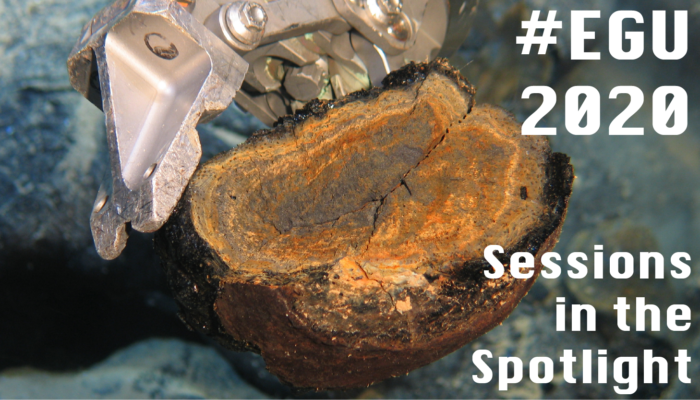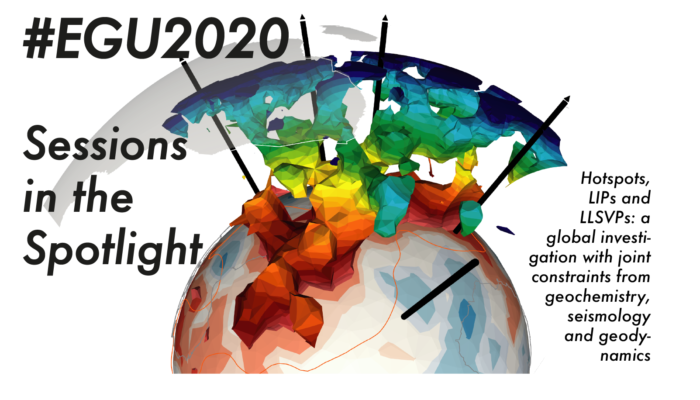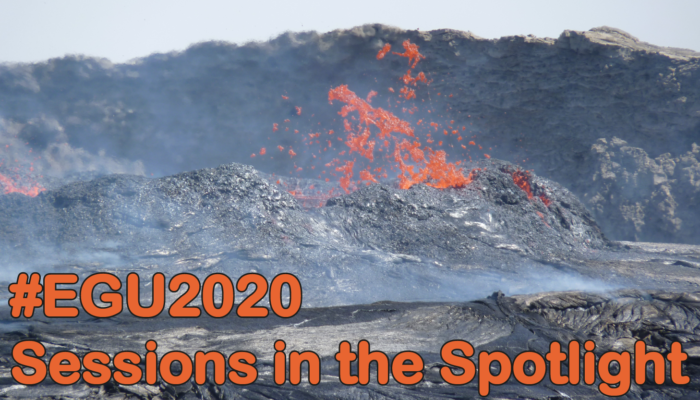The abstract submission deadline for EGU 2020 is now 1 month away – so the clock is ticking to pick a session and submit an abstract! If you still haven’t chosen which session to submit to, we are here for you! Every few days, on this blog, a different session in the general GMPV section will be highlighted. Today’s session is truly cross-disciplinary, focusing on earthquakes and ...[Read More]
#EGU2020 Sessions in the Spotlight: Magmatic processes at divergent plate boundaries in space and time
Do you feel like a journey through time and space, all from the comfort* of a seat in the Austria Centre Vienna? (*comfort not guaranteed). Does your dream holiday involve Iceland, and not for Game of Thrones reasons? Are you jealous of those scientists who spend 12 hours in a tiny submarine just to look at the ocean floor and pick up some basalt? Then here is the session for you at the 2020 EGU c ...[Read More]
#EGU2020 Sessions in the Spotlight: Hotspots, LIPs and LLSVPs: a global investigation with joint constraints from geochemistry, seismology and geodynamics
The Earth Sciences are so broad, that sometimes we can end up forgetting the other parts of it exist. We can get so focused on our field that we forget there might be other people working on really similar things, who might have something really useful to say. The EGU conference is great for solving this problem – it’s big enough to bring together all sorts of Earth scientists, but sti ...[Read More]
#EGU2020 Sessions in the Spotlight: Continental Rift Evolution: from inception to break-up
Breaking up is hard, but sometimes it’s the right thing to do. Sometimes it might look like a breakup is about to happen, or it might even begin to happen, then be saved part way through. Sometimes breakups start with a small area of weakness, which grows into something much bigger. If your first thought reading this was ‘continental rifts’ or ‘this guy clearly knows nothin ...[Read More]




